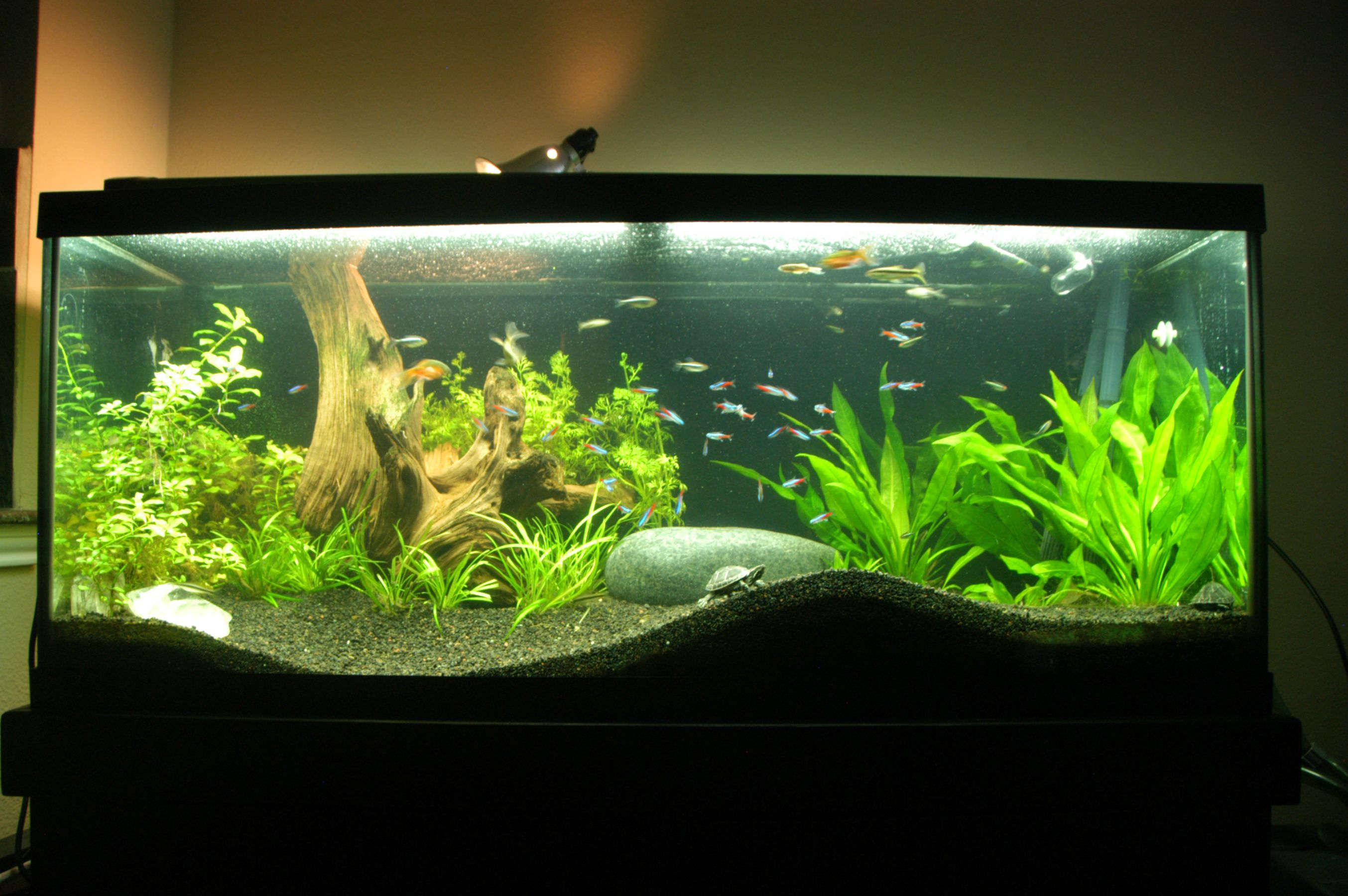
Introduction
Keeping a pet turtle can be a rewarding experience, but it's important to provide them with a suitable habitat where they can thrive. One of the most crucial aspects of turtle care is setting up a proper turtle tank. In this article, we will guide you through the process of creating a comfortable and safe environment for your beloved shelled friend.
Choosing the Right Tank
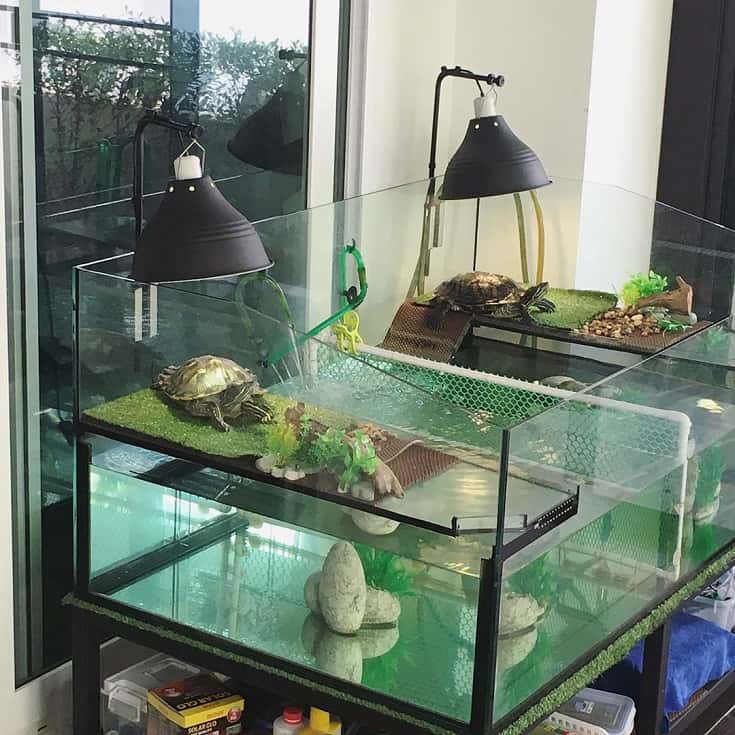
The first step in setting up a turtle tank is selecting the right tank size. Turtles need ample space to swim and explore, so it's essential to provide a tank that is large enough to accommodate their needs. As a general rule of thumb, the tank should have at least 10 gallons of water per inch of turtle shell length.
Additionally, it's important to choose a tank with a sturdy and secure lid to prevent any escape attempts. Turtles are known for their ability to climb, so opting for a tank with high walls or adding a barrier can help keep them safely contained.
Creating a Suitable Habitat

Once you've selected the right tank, it's time to create a suitable habitat for your turtle. Start by adding a layer of substrate to the bottom of the tank. Substrate options such as gravel, sand, or river rocks can mimic the natural environment and provide a comfortable surface for your turtle to walk on.
Next, consider adding a basking area to the tank. Turtles need both water and a dry area where they can rest and bask under a heat lamp. You can create a basking platform using rocks, driftwood, or a commercially available turtle dock. Ensure that the basking area is easily accessible for your turtle and positioned under a heat lamp to maintain an appropriate temperature.
Water Quality and Filtration
Keeping the water clean and maintaining good water quality is essential for your turtle's health. Invest in a reliable filtration system that can effectively remove debris and maintain the water's cleanliness. Regular water changes are also necessary to prevent the buildup of harmful substances.
Additionally, it's important to monitor and maintain appropriate water parameters such as temperature and pH levels. Turtles prefer water temperatures between 75 and 85 degrees Fahrenheit, depending on the species. Use a heater and a thermometer to ensure that the water remains within the optimal range for your turtle.
Providing UVB Lighting

Turtles require UVB lighting to synthesize vitamin D3 and properly metabolize calcium, which is crucial for their shell and overall health. Invest in a UVB light specifically designed for reptiles and position it above the basking area. It's important to replace the bulb regularly as its UVB output diminishes over time.
Ensure that the turtle's basking area is close enough to the UVB light to receive sufficient exposure. Follow the manufacturer's guidelines regarding the recommended distance between the light and the basking spot to provide the appropriate UVB intensity.
Diet and Feeding
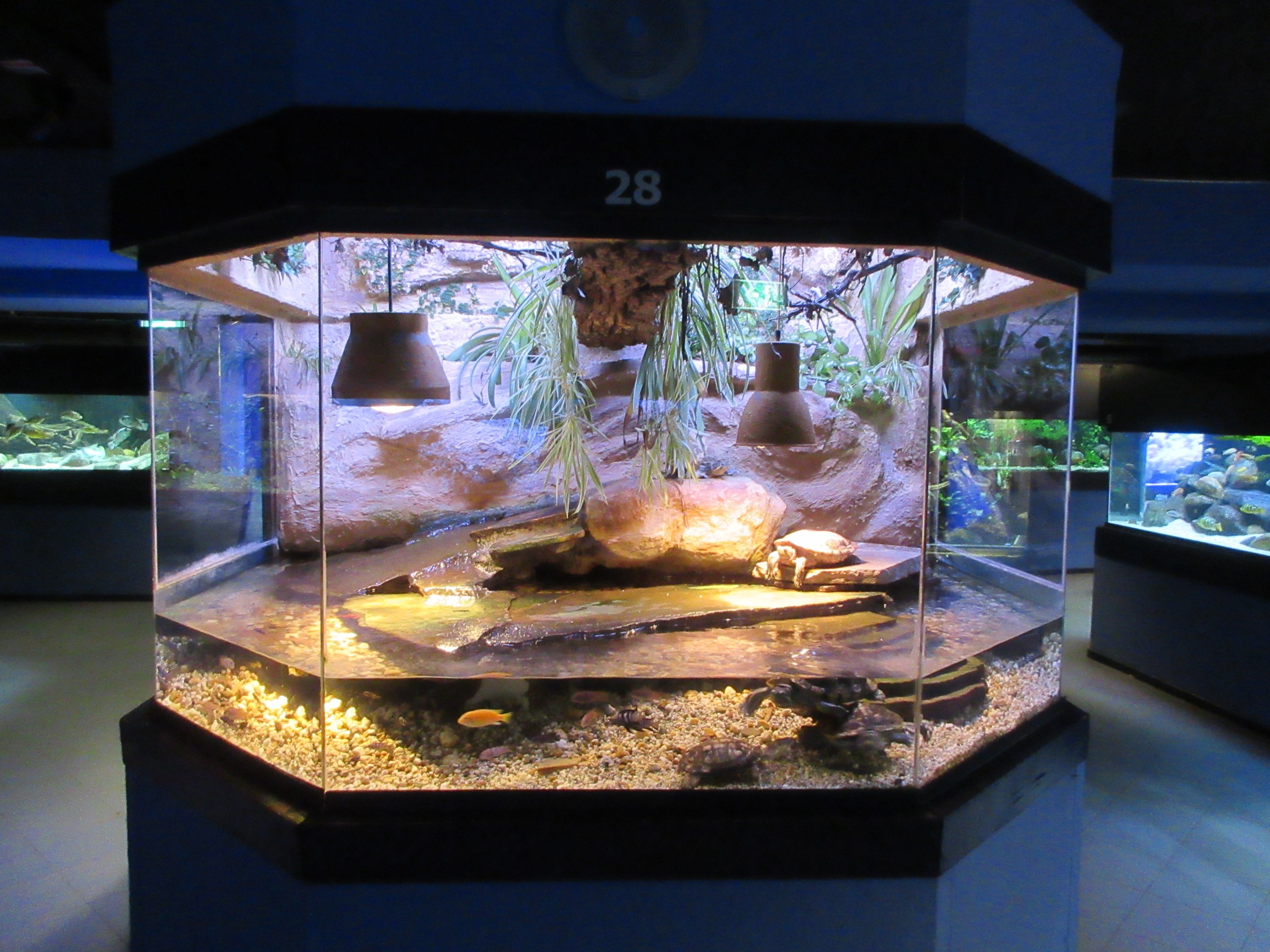
A well-balanced diet is crucial for a turtle's overall health and growth. Turtles are omnivores, meaning they require a combination of plant matter and protein. Include a variety of leafy greens, vegetables, and commercial turtle pellets in their diet.
Additionally, offer protein-rich foods such as insects, fish, or cooked lean meats. It's important to provide a varied diet to ensure your turtle receives all the necessary nutrients. Consult a veterinarian or reptile specialist for specific dietary recommendations based on your turtle's species.
Maintaining a Clean Tank
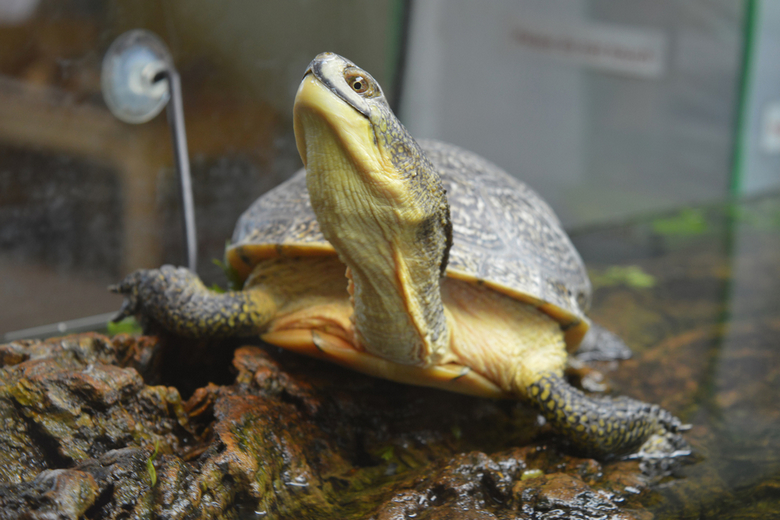
Regular tank maintenance is essential to keep your turtle healthy and prevent the growth of harmful bacteria. Perform partial water changes every week, replacing approximately 25% of the tank's water. Use a gravel vacuum to remove any debris or waste accumulated on the substrate.
Clean the tank's walls and decorations using a non-toxic reptile-safe cleaner. Avoid using any harsh chemicals or detergents that can be harmful to your turtle. Regularly inspect the filter and clean or replace it as necessary to ensure proper water filtration.
Conclusion
Creating a comfortable and appropriate turtle tank is crucial for your pet's overall well-being. Remember to choose a suitable tank size, provide a suitable habitat, maintain good water quality, offer UVB lighting, and provide a balanced diet. By following these guidelines, you can ensure that your turtle thrives in a healthy and happy environment.